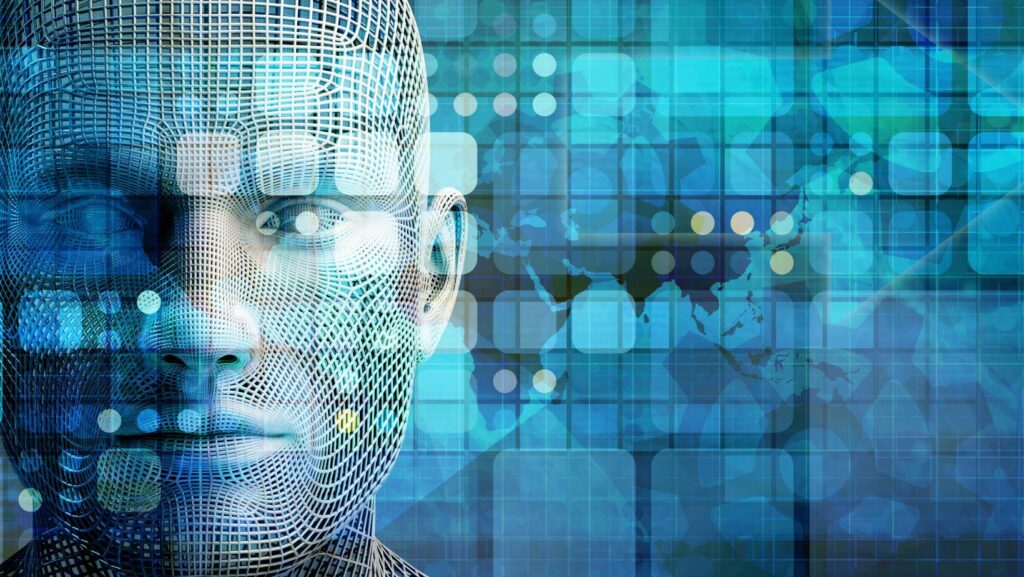Blockchain Unleashed: Exploring its Impact, Potential, and Challenges Across Industries
Blockchain technology has swiftly moved from the shadows of Bitcoin to the forefront of innovation. It’s a novel approach that’s transforming how we handle and perceive data. But what exactly is it? And why is it causing such a stir in both tech and business circles? This revolutionary technology, often dubbed as the ‘new internet’, is more than just a buzzword. It’s a decentralized ledger that records transactions across many computers, ensuring security, transparency, and immutability. But there’s more to blockchain than meets the eye. In this article, we’ll delve into the intricacies of blockchain technology, exploring its origins, how it works, and its potential impacts on various industries. Whether you’re a tech enthusiast, a business leader, or a curious reader, we’ve got you covered. Stay tuned as we unravel the mystery behind blockchain. Understanding Blockchain Blockchain’s origins date back to 1991 when Stuart Haber and W. Scott Stornetta envisioned a cryptographic technique to prevent document tampering. However, it was in 2009 that blockchain became noteworthy. Satoshi Nakamoto incorporated it as the core component of Bitcoin. At its core, blockchain’s inherent transparency, security, and immutability gained mainstream attention. Differing from traditional databases, data storage in blockchain transpires across multiple nodes. Each node carries a copy of the entire chain, adding layers of security. When a new block enters the chain, it becomes validated by multiple nodes. Manipulation of a single block becomes next to impossible. Within industries, its implications are extensive and far-reaching. Fintech, supply chain, healthcare, and more have been testing and implementing blockchain solutions. As it continues to evolve, industries are constantly evaluating its potential for driving process efficiency, reducing operation costs, and increasing transparency. The Role of Blockchain in the Digital World Since its inception, blockchain has emerged as a game-changer, paving a new path for digital technology by transforming conventional methods and models. Its applications transcend mere financial transactions, with the capacity for impact felt across multiple industries. Moreover, blockchain’s transparent nature plays a pivotal role in supply chain management. Timestamped transaction records, which can’t be altered once validated, grant an unmatched level of transparency and traceability. For instance, blockchain can track a product’s journey from its origin to the consumer’s hands, reinforcing credibility, instilling trust and reducing adulteration and fraud. In the realm of digital identities, blockchain confers higher levels of security and control. It equips users to manage their digital identity securely and selectively disclose personal information. For instance, a blockchain-based passport can prove solidity without revealing sensitive information, striking a fine balance between privacy and verification. In sum, in the digital world, blockchain works like a catalyst, transforming established systems and creating new ones. It embodies the future of trust in digital interactions by promoting transparency, decentralizing authority, and enhancing security. Advantages of Blockchain Blockchain technology’s merits extend beyond the foundational attributes initially explored, penetrating multiple facets of the digital landscape. Firstly, Blockchain ensures transparency and traceability, hallmarks of any trustable system. Inherent to each transaction’s recording on the decentralized ledger, verification becomes an automatic process, bringing about significant improvements in traceability, essential for industries like logistics and supply chain management. Secondly, Blockchain promotes financial inclusion which remains a global challenge. Owing to its decentralized nature, restrictions imposed by centralized systems, such as traditional banking, are non-existent. This permits universally accessible transactions, enabling people who don’t have access to conventional banking systems to participate in the digital economy. Thirdly, the technology allows for streamlined processes, eliminating intermediaries and reducing friction in transactions; consequently, Blockchain transactions generally incur lower costs compared to traditional systems. Assume you’re doing an international money transfer; you’ll observe quicker transaction times and lower remittance fees because Blockchain bypasses intermediary bank procedures. Moreover, Blockchain fosters tamper-evident data. This means the information stored in a Blockchain is immutable; changing any single record necessitates adjusting all subsequent records, a virtually impossible task given the decentralized verification process. This feature enhances the integrity of the stored data, engendering trust. Finally, Blockchain presents an avenue for innovation in various sectors. For instance, in the property market, blockchain could enable secure tokenization of assets, prompting the rise of fractional ownership. Imagine owning shares in a Picasso painting, an opportunity made possible by tokenization of assets. The flexibility of Blockchain applications, coupled with its robustness, make it one of the most transformative technologies today. In understanding its advantages, the immense potential of Blockchain becomes undeniably apparent. The benefits stretch from enhancing transparency to promoting innovation, carving a future where trust and efficiency are not mutually exclusive. Notable Real-World Examples of Blockchain Implementation Building on the previous discussion about the possible applications and benefits of blockchain technology, let’s shine a spotlight on concrete real-world examples where it’s effectively implemented. Various companies and organizations across sectors have begun to embrace its capabilities and versatility. Disadvantages and Critiques of Blockchain Despite blockchain’s seemingly numerous benefits, critics argue several drawbacks that point towards a need for caution before hastily implementing this technology. Not everything that glitters is gold, and blockchain is not exempt. The first critique revolves around the challenges linked to the scalability of blockchain. Given the inherently slow processing speed – Bitcoin, for instance, warehousing only 7 transactions per second compared to Visa’s 24,000 – it’s noticeably clear that some blockchains struggle to handle increased transaction volumes. One key concern is the environmental impact. Note, significant energy consumption is tied to blockchain, especially those that rely on “proof-of-work” mechanisms. The Bitcoin network, a prime example, consumes as much energy as some entire countries, such as Argentina. This extravagance intensifies the debate on the sustainability of blockchain technology. While these drawbacks do not completely erase the benefits of blockchain, they serve as essential considerations. Potential adopters must acknowledge these realities before rushing to deploy blockchain in their operations—it’s not a one-size-fits-all solution. The Future Scope of Blockchain Looking beyond the current applications and inherent challenges, blockchain’s future appears filled with immense potential. Experts believe that decentralization, one of the key tenets of this technology, has a transformative capacity
Blockchain Unleashed: Exploring its Impact, Potential, and Challenges Across Industries Read More »



